INTRODUCTION
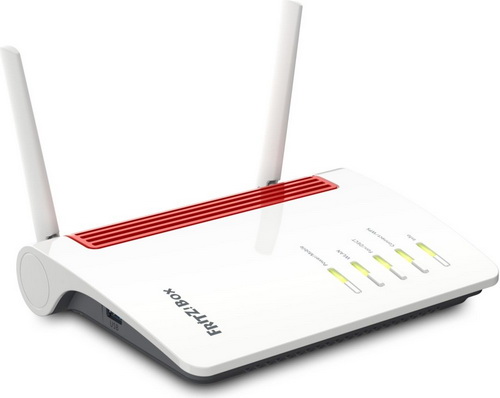
Even though large urban centers all across the globe offer both wired and wireless high speed internet that's certainly not always the case when you're away on vacation or a business trip (or if you don't happen to live in a large city at all). This is the main reason manufacturers came up with LTE (Long Term Evolution) modems which effectively use a 3/4/5G (this depends on the model - 3G is quickly becoming obsolete however all over the world) SIM card to provide you and if need be, those around you with mobile internet/data. Well just like with everything else in the electronics market there are many such LTE modems one can choose from but after numerous awards the FRITZ!Box 6850 4G LTE modem released by AVM in late 2020 has since become very popular among European consumers and since some of you asked long ago today that's what i have here with me.
AVM is one of Europe's leading manufacturers of products for broadband connections and the digital home. FRITZ! brand products are easy to use for everyone. They enable fast internet access, easy networking, convenient telephony and versatile Smart Home applications. The FRITZ!OS software regularly offers new features and keeps all FRITZ! products up-to-date and secure. Since starting out in Berlin in 1986, AVM' has focused on developing innovative products in-house. In 2020 the Berlin-based communications specialist had 840 employees and generated a turnover of 580 million euros.
4G stands for 4th generation broadband cellular network technology and since 4G LTE wireless technology has been around for almost a decade now that clearly means it's far more widely used and thus "compatible" than 5G currently. 5G networks do bring more things on the table compared to 4G LTE (support for more devices on the network, much wider frequency ranges and increased speeds are the most important) but the really significant performance jumps have yet to come so a 4G LTE modem might actually be a better choice right now. The FRITZ!Box 6850 is an 4G LTE/3G UMTS/HSPA+ only modem (lacks wired VDSL connectivity) that sports AC1300 dual-band Wi-Fi connectivity (5GHz 802.11ac at 866Mbps and 2.4GHz 802.11n at 400Mbps with Multi-User MIMO support), integrated DECT base station (with support for up to 6 cordless handsets), IP telephony, Media Server and NAS functionality (with remote access), WPS easy connect, Green mode for decreased power consumption (USB & Wi-Fi), support for Smart Home Devices (either via FRITZ! devices or third-party devices with support for the DECT ULE/HAN FUN standard) and of course for AVM's MESH function. Under the hood of the FRITZ!Box 6850 LTE 4G we find the IPQ4019 single-chip Wi-Fi SoC (quad-core ARM Cortex A7 CPU with support for Wave-2 802.11ac) together with 256MB DDR3L SDRAM by NANYA and 512MB flash memory by Macronix. Finally in terms of available connections the FRITZ!Box 6850 LTE has a single USB 3.0 port, Mini SIM slot, both analog and digital telephony ports and 4 gigabit Ethernet ports.
SPECIFICATIONS AND FEATURES

PACKAGING AND CONTENTS
As with every box to date a product picture is placed at the front right next to the main product features and beneath the FRITZ! logo.
A few words about the product are placed on the right side of the box just under 2 stickers with its serial numbers and barcodes.
Some of the benefits of owning this modem/router are printed on the left side.
The main product features are also listed and explained at the rear of the box in 6 languages.
As always, the device is protected by several pieces of cardboard.
Contained inside the box are the FRITZ!Box 6850 LTE with its power adapter, two detachable antennas, 1.5 meter long flat Ethernet cable, AVM product catalog, WiFi network card and a very detailed quick guide.
THE FRITZ!BOX 6850 LTE EXTERIOR
AVM has once again used the same plastic enclosure as all their previous models which this time measures just 208mm in length, 150mm in width and 37mm in height.
Here you can see how the FRITZ!Box 6850 LTE compares to the 7590 model.
At the top of the modem, we find 3 buttons and 5 activity LEDs (power-mobile/wireless Lan/DECT phone/WPS/info).
Most of the rear top is perforated to allow hot air to exit the interior.
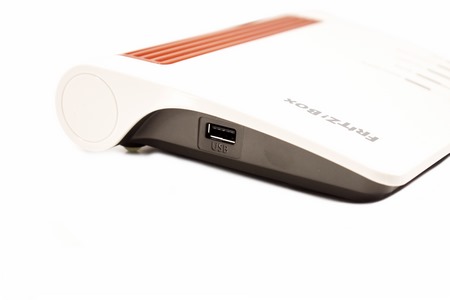
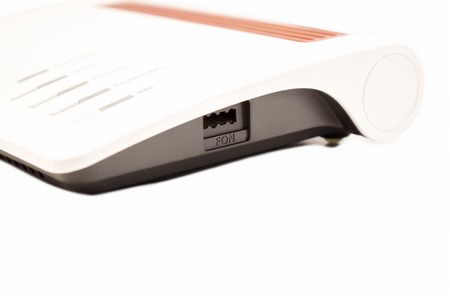 On the left side of the enclosure, we find a USB 3.0 port whereas on the right we find a TAE-N type connector (German standard).
On the left side of the enclosure, we find a USB 3.0 port whereas on the right we find a TAE-N type connector (German standard).
Moving at the rear we find two Antenna ports, mini SIM slot, RJ11 phone port, 4 Gigabit LAN ports and the power port.
The bottom is also perforated and has four small rubber feet and two holes for wall mounting.
THE FRITZ!BOX 6850 LTE INTERIOR
Unlike other FRITZ!Box models there's not a large heatsink inside the enclosure and over the main Qualcomm module.
So, some of the components we find inside the 6850 LTE are the NL668-EAU LCC form factor LTE wireless communication module (supports LTE-TDD/ LTE-FDD/ WCDMA/ GSM 4 modes and 15 frequency bands) by Fibocom, IPQ4019 SoC (2x2+2x2 Dual Band, Dual Concurrent SoC with Wave 2 11ac) by Qualcomm, Ethernet transceiver (again by Qualcomm - part numbers were unreadable), DECT module by Dialog (again i was unable to make out the exact model - it's either the SC14446 or the SC14448), 256MB DDR3L 1866MHz DRAM by Nanya and 512MB SLC NAND Flash memory by Macronix.
FRITZ!OS V7.29 PART 1
The latest version of AVMs FRITZ!OS is v7.29 and as you can clearly see the main screen still reports on the current state of the modem including current power consumption, OS version, status of connections, available/used interfaces, list of all devices currently connected, answering machine messages, incoming/outgoing calls and a quick overview of its storage devices (also don’t forget to switch to advance mode from the lower left corner just in case it’s set to basic).
Just like with previous FRITZ!Box models via the Internet drop down menu you can check the utilization of your internet connection (amount of data send and received), setup your connection (IPv6 is supported), enable various AVM services, enable automatic firmware updates, set individual parental filters and prioritization for all connected devices, register your FRITZ!Box with AVM and finally you can monitor your LTE connection from a highly detailed tab.
From the Telephony drop-down menu, you can check the calls list (incoming/outgoing numbers complete with time and duration), perform calls from the click to dial page, setup the answering machine, access stored telephone numbers, setup the phone (or phones) as alarms (3 in total), setup the fax function, handle/redirect all incoming calls and finally you can adjust your device and numbers settings.
FRITZ!OS V7.29 PART 2
From the Home Network drop-down menu you can check AVM's mesh networking feature, see which devices are connected to the FRITZ!Box (both wired and wirelessly), adjust network settings including the guest access for LAN 4 (perhaps the most important is to enable gigabit connectivity to all ports), check attached USB devices, enable USB 3.0 or USB 2.0 mode for the available port (by default 2.0 is enabled), enable/disable the onboard memory of the FRITZ!NAS function (you can also configure an external HDD if connected to one of the two USB 3.0 ports) , setup the media server radio and podcast features and name your FRITZ!Box (it will be detected by that name in your local network).
The Wi-Fi drop-down menu allows the end user to setup the two bands (2.4/5GHz), check and see which devices are connected and how to the FRITZ!Box (wirelessly), monitor the wireless environment to see if something is interfering with the signal, monitor other radio networks in your vicinity, configure the encryption, schedule when you want Wi-Fi to be on and when not and create a guest Wi-Fi access mode.
Under the Smart Home tab you can obviously register and even operate AVM compatible smart devices.
Via the diagnostics page you can run quick diagnostics on the 6850 LTE.
Checking the event logs, unit power consumption, adjusting the use of the top buttons, turning off/on the activity LEDs, performing OS updates, backing up all your settings and initiating all available setup wizards are things you can do through the System drop-down menu.
TESTING METHODOLOGY
To sufficiently test modem/routers I had to change methodology quite a bit due to the fact that i decided to make use of the online internet speed measurement application called SpeedTest (used with two different destinations/servers). SpeedTest may not be the most "accurate" way to test internet connection speeds since variables change all the time from our ISP to the ISPs of the servers SpeedTest makes use of but the same can be said for every single way one can test internet speed. Bottom line whatever the results always remember that they may not be 100% on the spot. To somehow "help" results I also record the connected downstream/upstream values each modem/router is able to get into the charts (reboot the modem/router 6 times to get the average upstream/downstream value).
The rest of my testing methodology involves benchmarking the wireless capabilities of the modem/router at hand and thus it's the exact same we use when testing standalone routers. So once again I'll be using the networking benchmark by Passmark (v8), the QCheck by Ixia and ATTO v2.47 (since April 2015). Since we need to test new features and specifications all routers are benchmarked with their highest available wireless standard/band (5GHz in this case). All systems are outfitted with SSDs, AC1200 USB 3.0 adapters (received AC1900 models but so far, results have been somewhat inconclusive in order to replace the AC1200 ones with them) and CAT7 cables and are placed 15m away from the router with 3 concrete walls between them. Each test is repeated a total of 6 times after which the average scores are recorded into the charts. Both systems now have Windows 10 Pro installed with all the updates until the time of each review.
Having received several requests by some of you to also measure power consumption when testing modem/routers that too was added in the charts (average power consumption). Also, again after many requests from April 2017 I'll be measuring USB port performance of modem/routers or standalone routers that find their way to the lab with the help of Crystal Disk Mark v5.1.2 and a Samsung T1 250GB Portable SSD.
* As of 2022 for 4G LTE/5G wireless modem routers I'll be using Speedtest.org, M-Lab and Fast.com to measure incoming and outgoing bandwidth.
TEST RESULTS
WIRED / WIRELESS LAN

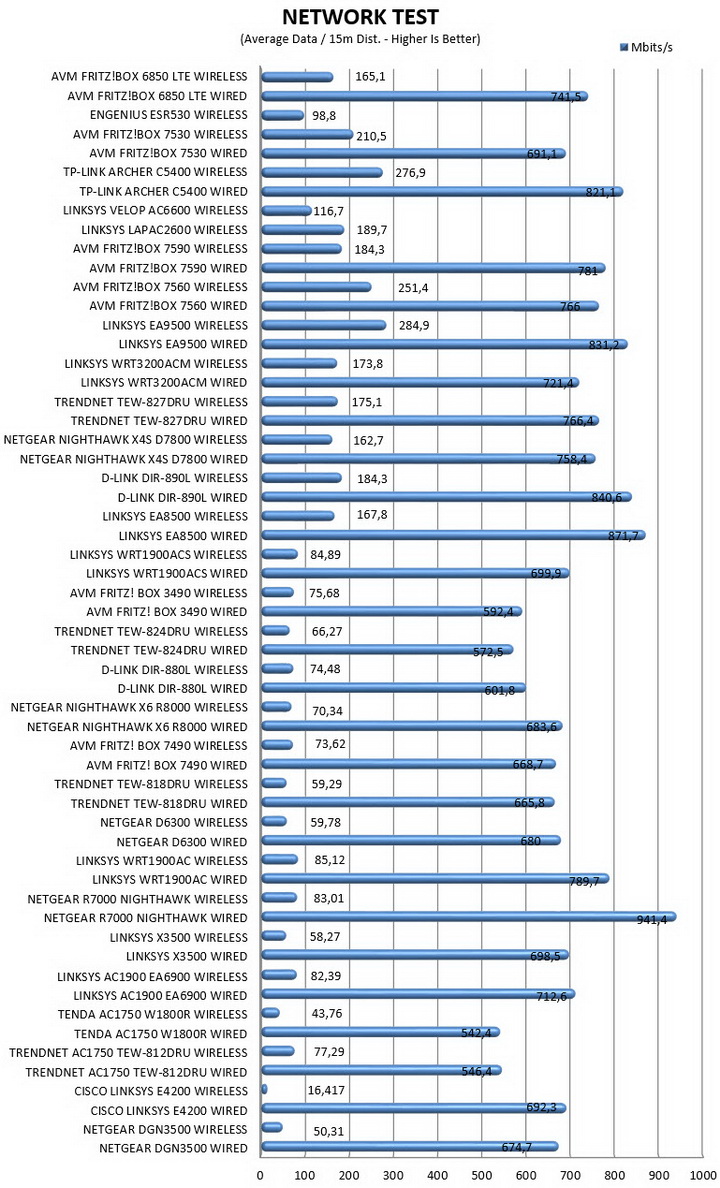
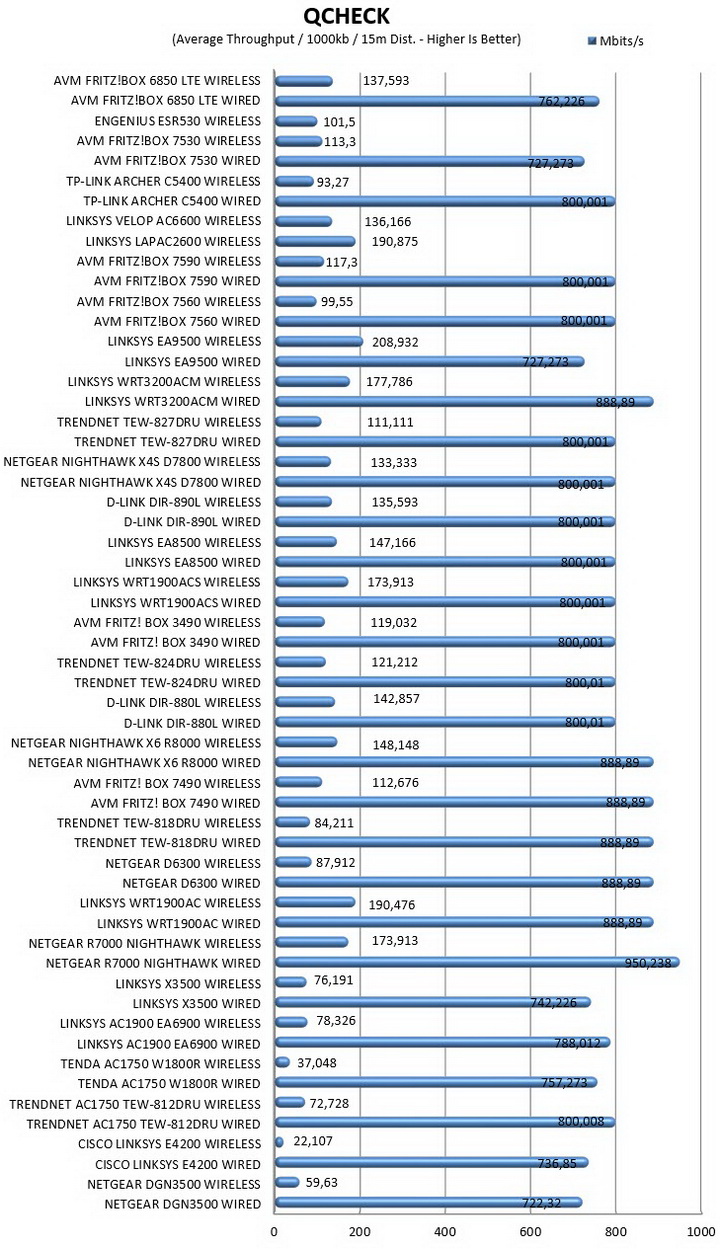
INTERNET SPEED
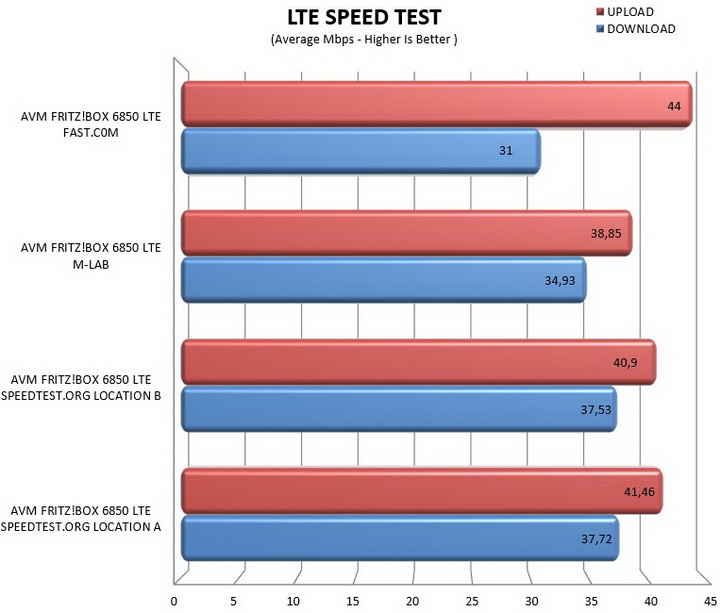
USB

POWER CONSUMPTION

CONCLUSION
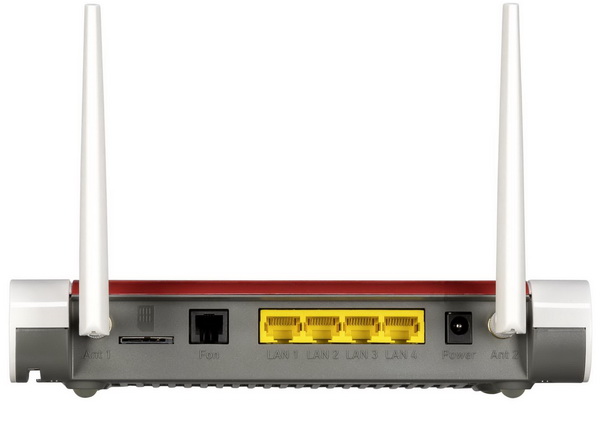
The FRITZ!Box 6850 LTE is actually the 2nd LTE modem to arrive in the lab (after the 6820 LTE model many years back) and it didn’t come alone, the 6890 LTE modem was also inside the large box AVM send over (review soon). For good or bad numerous things happened and these reviews took many months to get finished and uploaded so I do feel I need to apologise to both AVM and their PR agency (it was after all partially my fault as well). Now as many of you are obviously already aware a 5G version of the 6850 is already available with the 6890 coming up next so I will be sure to check those out too (probably when the 6890 5G gets released). In regards to the FRITZ!Box 6850 LTE I think most results speak by themselves, wired and wireless LAN speeds are very good overall (WLAN performance could be better however), USB performance is better than most modems to arrive in the lab to date and as for LTE speeds using 3 different websites (I leave it up to each and every single one of you to decide which is more reliable) puts the average download number to around 35Mbps and the average upload number to 41Mbps (since the internet connection locked to 150-50Mbit/s i was honestly expecting just a tad more from both). This of course is not due to the 6850 LTE not doing a good job but rather with the wireless network itself (of course it will be very interesting to see just how the 6890 LTE does).
At the time of this review and almost 18 months after its release, the FRITZ!Box 6850 LTE by AVM currently retails for 169Euros inside the EU (Amazon.de) a price tag which is more than balanced for what you’re getting (also roughly 30% less compared to when it was first on sale). Overall I really have no complaints from the FRITZ!Box 6850 LTE (Yes, having a VDSL port would further improve things but that’s something the 6890 LTE has so AVM obviously has 2 different target audiences in mind), performance is very good across the board, the amount of available features and settings is as always overwhelming and at In terms of build quality AVM has never disappointed me (although I’ve always felt that the enclosure they are using is not robust enough) and that’s why the Golden Award is in order.

PROS
- AC1300 WiFi 5 Technology (Concurrent 802.11n 2.4GHz & 802.11ac 5GHz Signals)
- Internet Compatibility (4G LTE / 3G UMTS / HSPA+)
- Available Features (MESH / NAS Server / Media Server / Answering Machine / DECT Station/ IP Telephony)
- Overwhelming Number Of Available Settings / Functions
- Android & iOS Apps
- USB 3.0 Port
- 4 Gigabit Ethernet Ports
- 5 Year Warranty
CONS
- WLAN Performance
- Wireless Internet Connectivity Only

 O-Sense
O-Sense





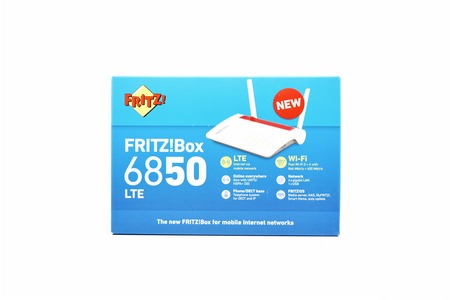
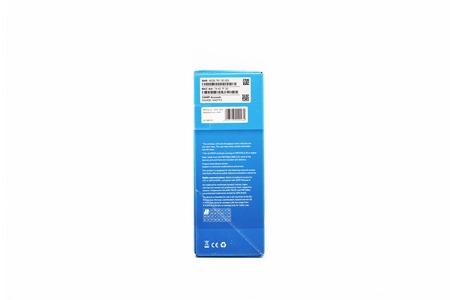
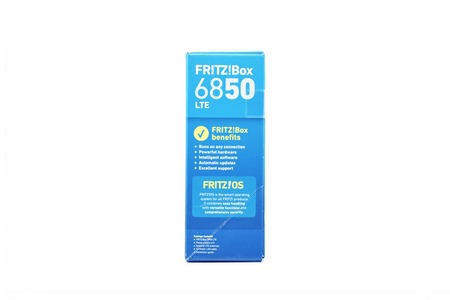
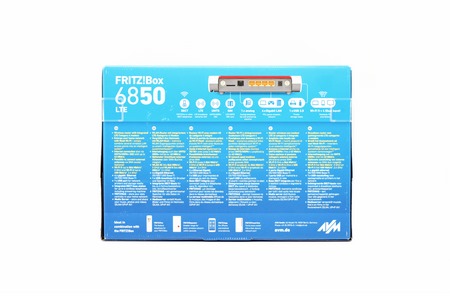
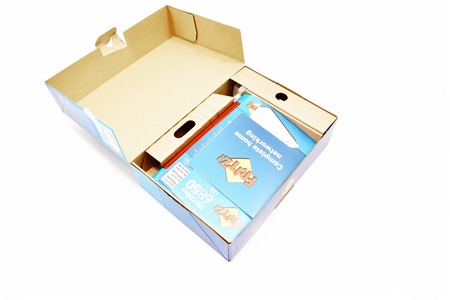
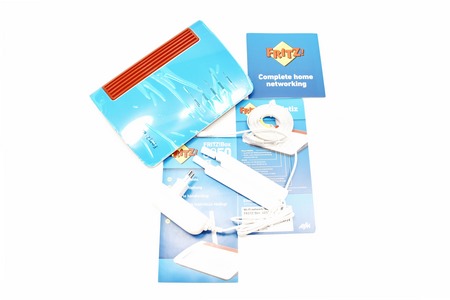
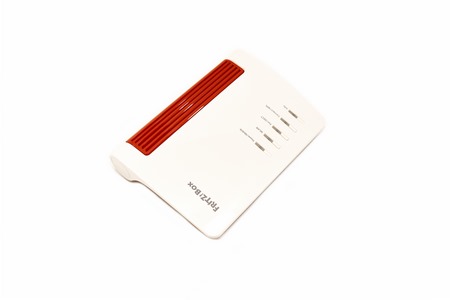
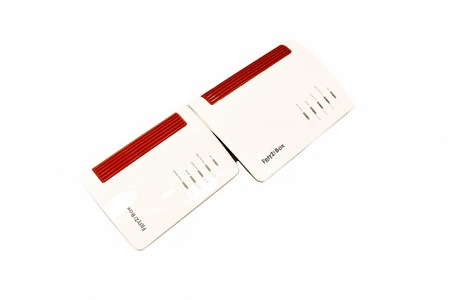
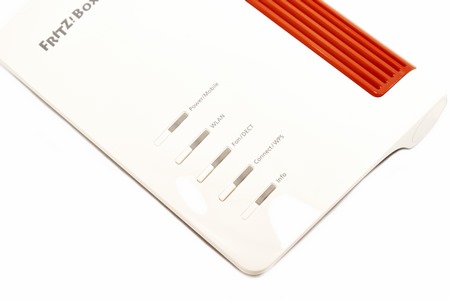
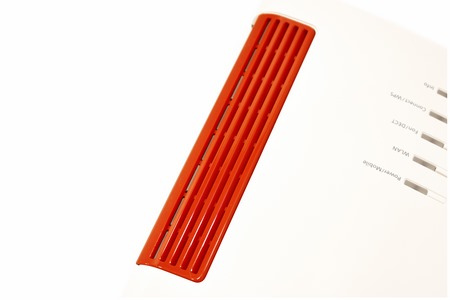
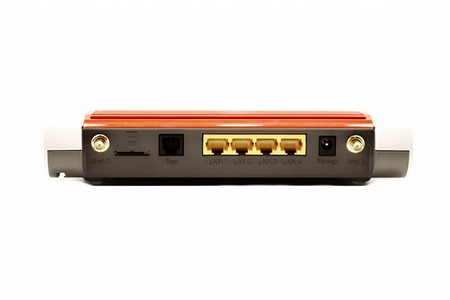
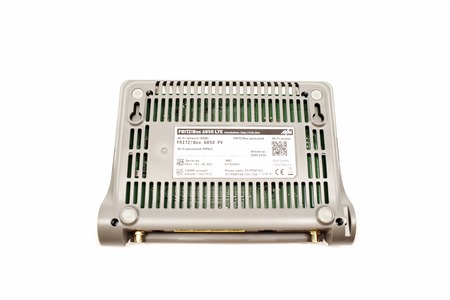
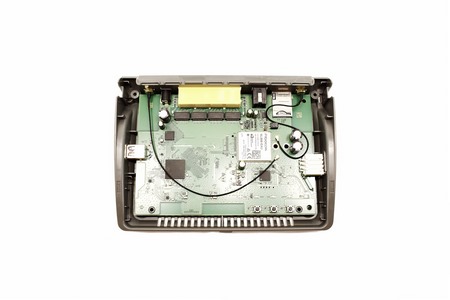
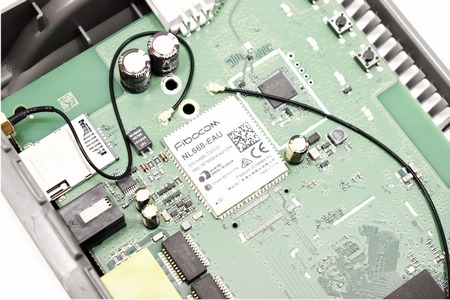
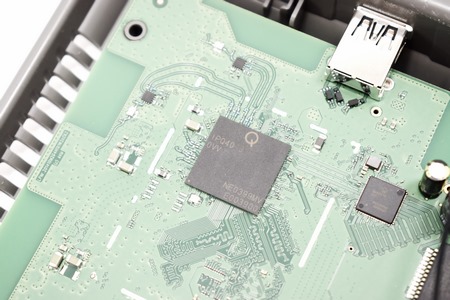
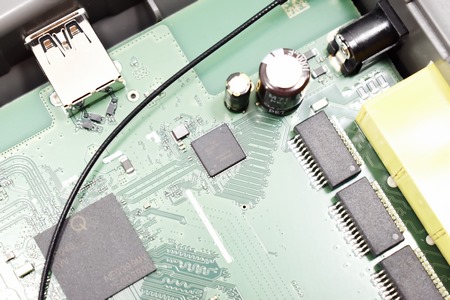
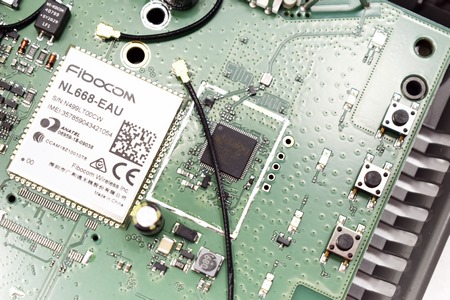
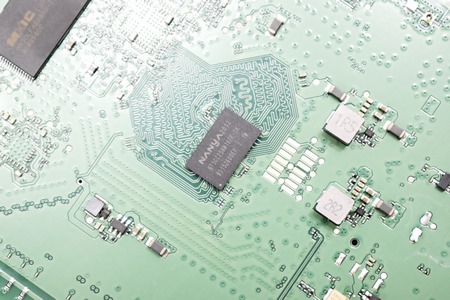
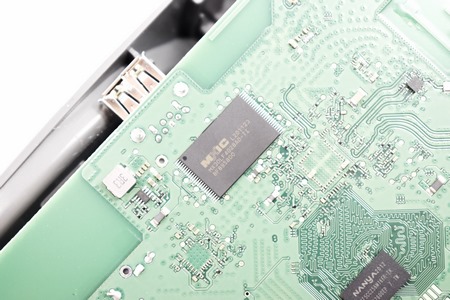
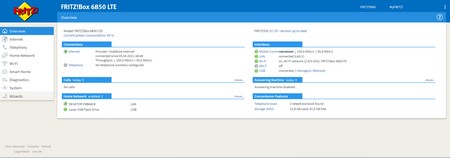
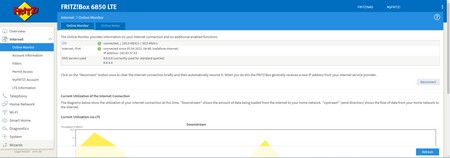
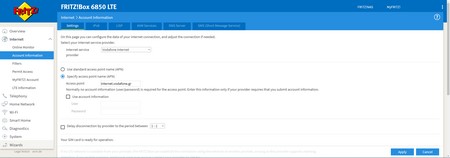
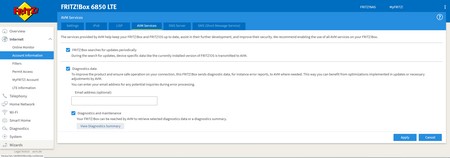
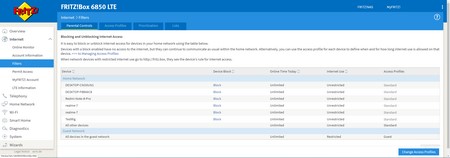
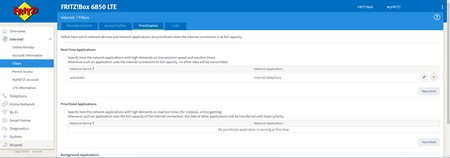
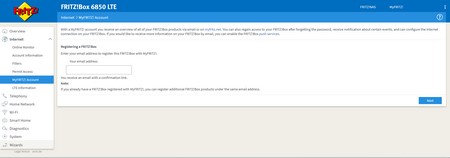
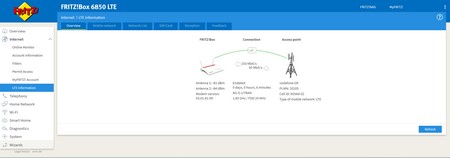
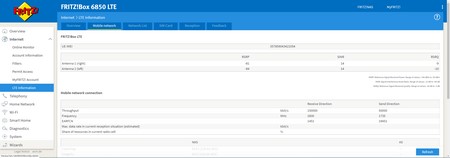
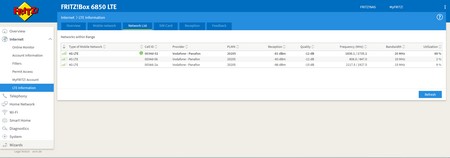
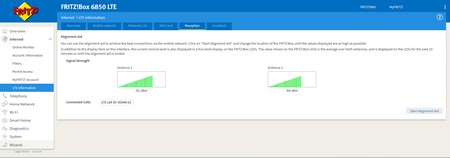
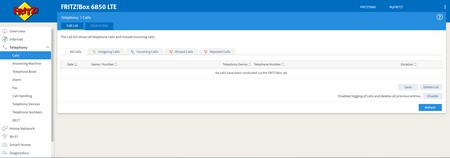
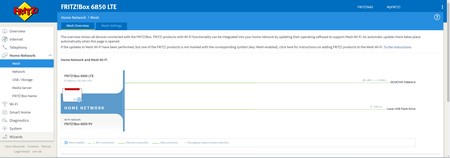
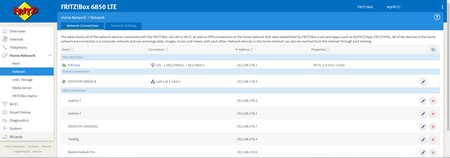
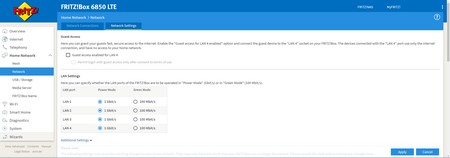
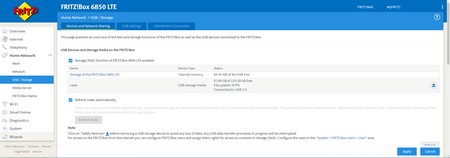
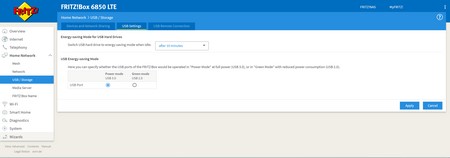
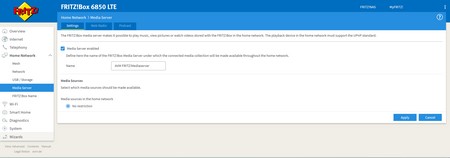
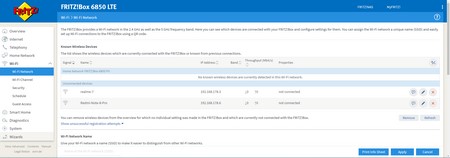
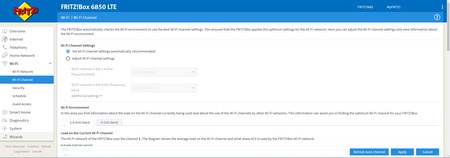
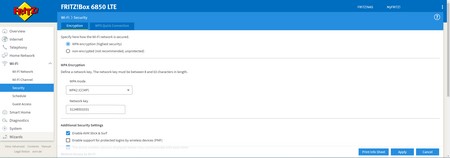
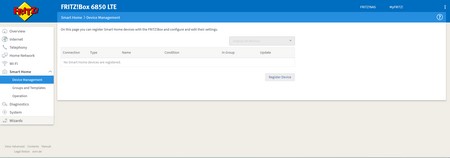
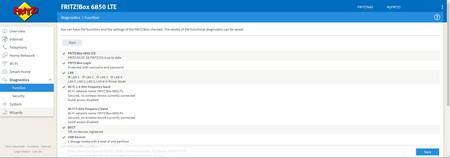
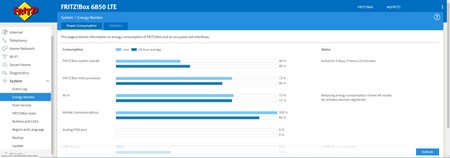
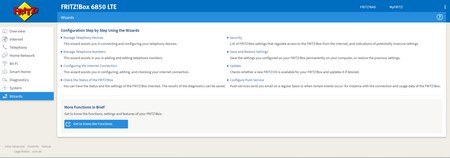


.png)

